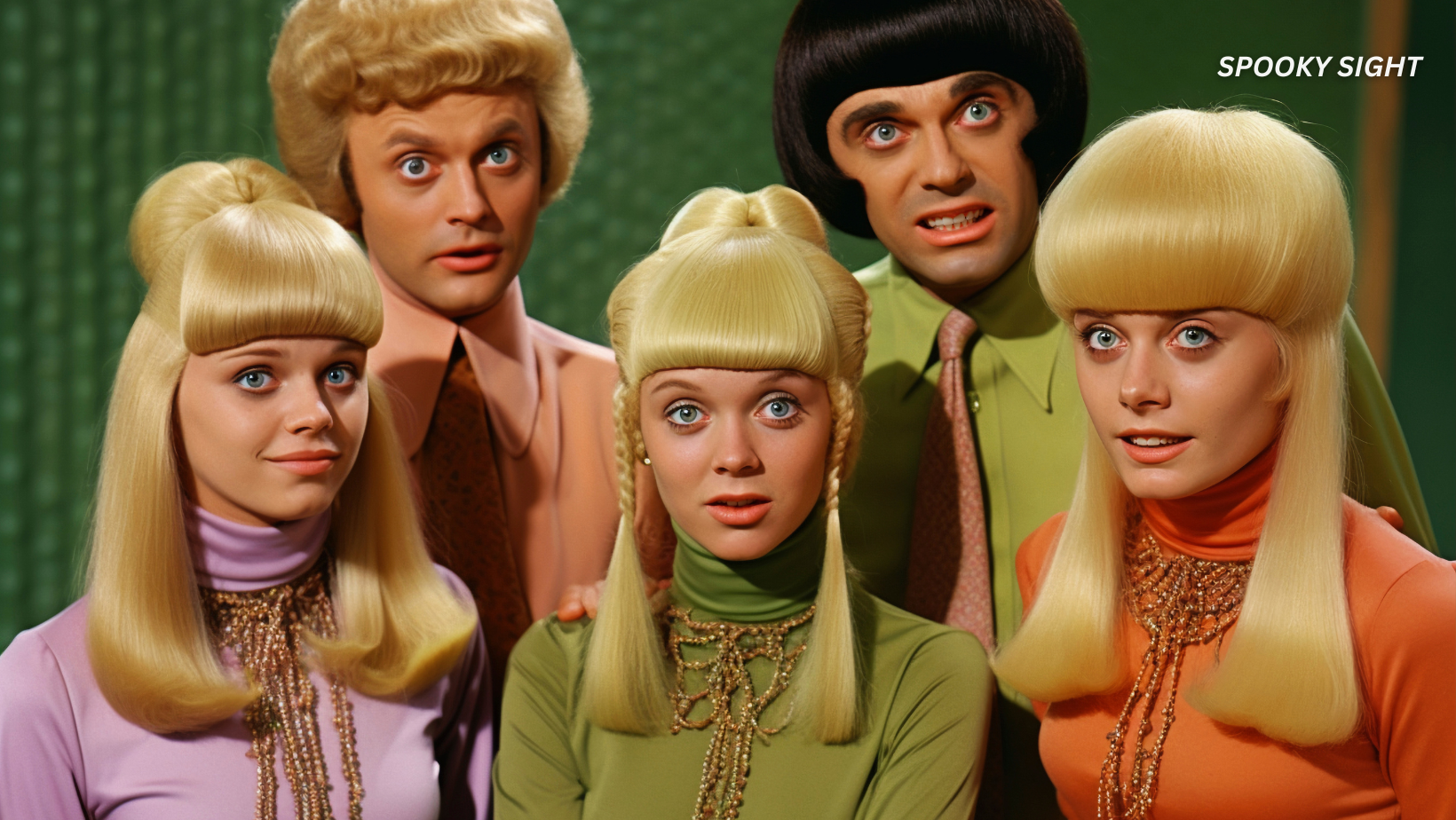The 1960s were a whirlwind of music, moon landings, and major cultural shifts. But while it was a decade filled with innovation and activism, it was also a time when women’s rights were still seriously limited. Life for women then looked very different from what many experience now. Whether it was at home, at school, or in the workplace, women in the ‘60s were expected to live by a strict rulebook—a rulebook that today would feel completely outdated and, quite frankly, unbelievable.
Let’s take a walk down memory lane and uncover 13 things women had to put up with back then that would never fly today.
1. Mandatory Skirts and Dress Codes
Imagine being told you couldn’t wear pants to work—or even to school. That was the reality for most women in the ‘60s. Whether in the office or classroom, skirts and dresses were often the only acceptable attire for females. Pantsuits were rare and sometimes even seen as rebellious. Fashion was less about comfort or self-expression and more about conforming to traditional ideals of femininity. Thankfully, those days are behind us. Today, women can dress for the weather, the job, or just their mood—whether that means sneakers, jeans, or a bold jumpsuit.
2. Limited Job Opportunities
Back then, women’s career paths were more like narrow hallways than open roads. Jobs like secretary, nurse, or elementary school teacher were considered “suitable” for women. Venturing into engineering, law, or science often meant being dismissed or discouraged. It wasn’t just about glass ceilings—it was more like concrete walls. These days, women are pilots, CEOs, scientists, and everything in between. While inequality hasn’t vanished, the boundaries have shifted dramatically.
Read more: Social Rules That Highly Intelligent People Quietly Ignore
3. Chaperoned Dates
Dating in the ‘60s often came with a third wheel—usually a parent or older sibling keeping watch. Young couples were rarely allowed to be alone, and “proper behavior” was expected at all times. The idea was to protect a woman’s “reputation,” but it also limited personal freedom. In today’s world, most people would find the idea of a chaperone on a date downright awkward. Relationships are now built on trust, choice, and mutual respect—not constant supervision.
4. Marriage Was the End Goal
In the 1960s, a woman was often judged by how quickly she could get married—and how well she could run a household afterward. Staying single into your 30s? That was seen as suspicious or even pitiable. The message was clear: being a wife and mother was the ultimate achievement. Today, the pressure to marry has loosened significantly. Whether someone chooses to get married, stay single, or build a family in a non-traditional way, those decisions are seen as personal rather than mandatory.
5. Household Budgeting Without Power
Oddly enough, while men were usually the primary earners, it was women who had to stretch the household budget, pay the bills, and keep things running. However, they often did so without any real authority over major financial decisions. Many didn’t even have access to their own bank accounts. Nowadays, financial literacy and responsibility are seen as universal skills. Women lead households, manage investments, and run billion-dollar businesses.
6. Second-Class Access to Education
Although some women did attend college in the 1960s, many were pushed toward “acceptable” subjects like literature, nursing, or home economics. STEM fields—science, technology, engineering, and math—were considered off-limits for many women, simply because they weren’t “expected” to excel there. Fast forward to now, and girls are encouraged to study robotics, medicine, space science, and more. Education has become a space of empowerment rather than restriction.
7. Needing a Man’s Permission for Credit
Incredibly, just a few decades ago, a woman often couldn’t get a credit card, loan, or mortgage unless a man co-signed. Whether it was a husband, father, or brother, women had to rely on male approval for basic financial decisions. Today, that kind of policy would be considered discriminatory and illegal. The right to financial independence has become a cornerstone of gender equality.
Read more: Cuddling For Only 30 Minutes Lowers Stress and Strengthens Your Heart, Study Finds
8. Severely Restricted Reproductive Rights
In the ’60s, contraception wasn’t widely accessible, and abortions were illegal in most places. Women had very little control over if—or when—they became mothers. Family planning was often dictated by what was socially or legally acceptable, not by personal choice. Fast forward to the present, and although reproductive rights are still debated in many parts of the world, women now have more options and legal protections than ever before. Having control over one’s own body is now understood as essential to equality.
9. Jobs Advertised By Gender
Imagine opening the newspaper and seeing job listings divided into two categories: “For Men” and “For Women.” That was normal in the 1960s. Women were often steered into lower-paying, lower-status positions, regardless of their qualifications. Fortunately, job ads like that are now illegal. Equal opportunity laws help ensure everyone has a fair shot—regardless of gender.
10. No Pants in School
School dress codes were especially strict for girls. Wearing pants could get a student sent home or punished. The expectation was that girls must look “ladylike” at all times, even if it meant freezing in winter or feeling uncomfortable during gym class. Today, many schools allow students to dress for comfort, identity, and practicality. It may seem like a small thing, but being able to wear what feels right can help students focus and thrive.
11. Barrier to Birth Control
While birth control pills were introduced in the 1960s, they weren’t easy for most women to access. Many had to prove they were married—or get permission from a male partner. Some doctors refused to prescribe them entirely. Today, birth control is more accessible (though still a debated topic in some areas), and its availability has helped countless people take charge of their reproductive health.
12. Motherhood as a Woman’s Only Role
Being a mother wasn’t just encouraged—it was expected. Women were often made to feel that their purpose in life was to raise children and run a household. Pursuing a career or personal ambition was considered secondary—or even selfish. Thankfully, the narrative has changed. Many women now choose when—or if—they want to have children, and society is slowly learning to respect those decisions.
13. Workplace Discrimination Was Normalized
In the workplace, being a woman in the 1960s often meant accepting unequal pay, enduring sexist comments, and having few chances for promotion. Sexual harassment wasn’t even recognized as a problem. It was simply “part of the job.” Today, laws against workplace discrimination and harassment exist to protect employees, and while enforcement isn’t perfect, the culture has begun to change.
Read more: She Thought It Was Just a Pimple—Then Doctors Gave a Shocking Diagnosis
Final Thoughts: From Obedience to Opportunity
Looking back, it’s clear that the 1960s were a different world for women—one shaped by rules that restricted freedom, autonomy, and choice. While we’ve made huge strides since then, remembering this history reminds us not to take progress for granted. Every right gained was fought for by women who dared to challenge the status quo.
The story isn’t over. But thanks to the women who came before, it’s being written with more voices, more freedom, and a lot more choice.
Featured image: Freepik.









